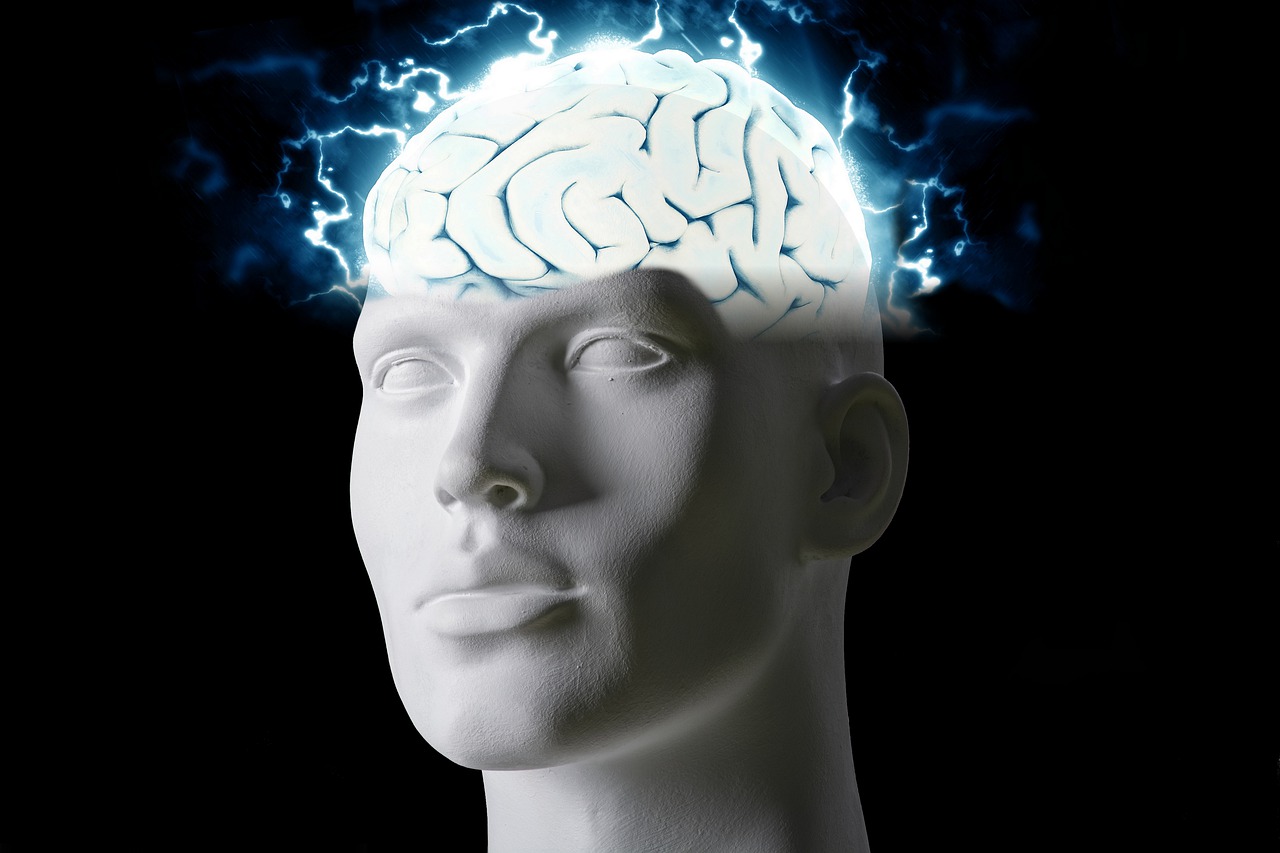In 1953 dreams became more than a topic of conversation between philosophers, psychologists and dreamers. A student and his professor in a sleep laboratory at the University of Chicago discovered Rapid Eye Movement (REM). REM was discovered to not only be apparent during sleep, but it seemed to be connected with humans as they were dreaming. People were woken during periods of REM and asked to report on their dreams. “In the years since Aserinsky & Kleitman’s discovery, a considerable amount of dependable information has been gathered about the physiology of sleeping and of dreaming” (Shafton, 1995, p. 11). It has been discovered since these experiments that dreaming does not only occur during REM sleep.
There are two different types of sleep: REM sleep and non-REM sleep. In REM sleep, the body in terms of breathing rate, blood pressure and heart rate match those of an awake person, but the muscles are frozen and there is rapid eye movement. Another name for REM sleep is “paradoxical sleep” for obvious reasons (Berstein, p. 178, 2006).
There are four different stages of sleep characterized by progressively slowing brain waves. If one is woken up while in the deepest stage of sleep, or stage four, then one would be very dazed and bewildered. People pass through the four stages of sleep between four and six times. In the beginning of the night, there is less REM sleep, and then as the night progresses there is more REM sleep and mostly stage two sleep. This continues until the sleeper wakes up (Bernstein, 2006).
Nightmares are also classified by the Berstein (2006) as a “sleep disorder” (p. 199). They affect REM sleep and occur often as a symptom of Post Traumatic Stress Disorder (PTSD). People returning from war may be plagued by nightmares for years. A more intense kind of nightmare called a “night terror” occurs during stage four of sleep. These night terrors are differentiated from nightmares not only because of the different stage of sleep affected, but also by the way in which people awake from them: people may scream and be frightened for a period of time afterwards. Sleepwalking can occur in non-REM sleep and affects children who mostly grow out of it (Bernstein, 2006).
While humans are in REM sleep, surprisingly perhaps a lot of energy is used, and more oxygen is used when in REM than when awake. This might then go against the argument that a major function of sleep and dreaming is to replenish and renew. A theory that neuroscientists struggle with is that there is value for humans in processing events of the day. “REM sleep is a fundamental cognitive activity. It is the place where people can engage in imaginary play, trying out different scenarios, learning new possibilities” (Varela, 1997, p. 35). The author (1997) notes this belief mirrors an understanding of dreams held by psychoanalysts; “dreaming provides a space where you don’t just cope with immediacy, but instead can reimagine, reconceive, reconceptualize” (Varela, p. 35).
More recent studies on dreams and dreaming have been focused on the memory aspect of dreaming. Llewellyn (2013) argues that “the stuff of dreams is the stuff of memory” (p. 1). The author examines the function of sleep and dreaming as primarily one of organizing memory. “Sleep promotes primarily the consolidation of memory, whereas memory encoding and retrieval take place most effectively during waking” (Llewellyn, 2013, p. 16). Dreaming allows for the consolidation of memory to take place.
Although everybody dreams, not everybody remembers his or her dreams. In dreams which are recalled, very often there is an intense level of emotion running through the dream. It is as if the heightened emotion serves to help one remember the dream. “Neuroimaging has confirmed the importance of the amygdala in heightened emotional response and, subsequent, improved retention (Llewellyn, 2013, p. 21). Neuroimaging also suggests that the involvement of the amygdala, limbic and paralimbic regions, and anterior cingulate cortex “during REM dreaming may support emotionally intelligent elaborative encoding” (Llewellyn, 2013, p. 21).




Leave a Reply